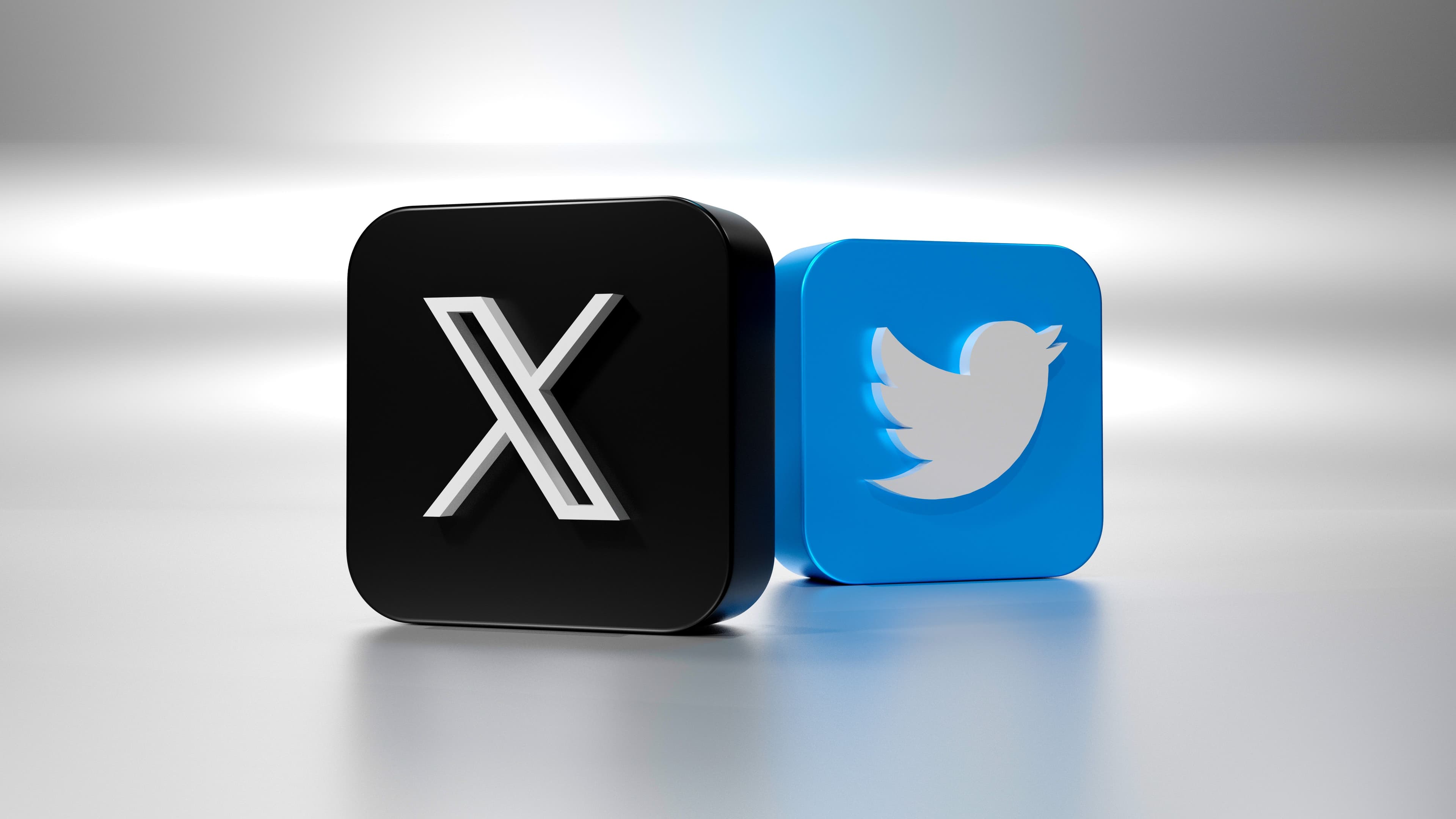

Social media campaigns aren’t just about posting pretty graphics — they’re focused strategies that drive real results, from brand awareness to sales. In this guide, we’ll break down what a social media campaign is, how to create one that works, and real-world examples you can actually learn from.
If you’ve ever wondered why some brands go viral while others get lost in the feed, the answer is often simple: they know how to run a good social media campaign. Not just a random post here and there, but a well-planned push that grabs attention, tells a story, and actually gets people to care (and click).
In today’s digital circus—where we scroll faster than we read labels on cereal boxes—brands can’t rely on luck. You need strategy, creativity, and a touch of timing to pull off campaigns that work. That’s exactly what we’re breaking down here: what a social media campaign is, how to plan one, steps to run it, and real examples that show why it matters.

Let’s clear the basics first. A social media campaign is a series of coordinated posts, ads, videos, or stories across one or more platforms that are all tied to a specific goal. Think of it like a mini marketing mission: short-term, focused, and designed to spark action.
Unlike everyday posting, a campaign is:
So when you see a brand launch a week-long hashtag challenge on TikTok, or a Facebook giveaway that runs for a month, those aren’t just fun distractions—they’re campaigns.
👉 If you’re new to this, you might want to brush up on the advantages and disadvantages of social media before diving into campaigns. It’ll help you see why this stuff works in the first place.
Because people love stories, not sales pitches. A well-done campaign feels like an event, not an ad. It gives audiences a reason to engage instead of scrolling past.
Think about the last time you joined a trending hashtag or shared a branded video with your friends. You probably didn’t do it because you cared deeply about the company’s quarterly revenue. You did it because it was funny, relatable, or surprisingly useful. That’s the secret sauce of the best social media campaigns—they blend brand goals with content people actually enjoy.
And let’s be real: no one brags to their friends about the banner ad they clicked last night. But a creative campaign? That becomes shareable.

Here’s the roadmap you need (minus the corporate jargon):
What do you want out of this? More followers? Direct sales? Email sign-ups? If you don’t set a clear goal, you’re basically just throwing memes into the void.
Different platforms, different vibes. Instagram loves visuals, Twitter (X) thrives on wit, LinkedIn leans professional. A social media marketing campaign that works on TikTok might flop on LinkedIn. Study who you’re targeting and where they hang out.
👉 Need help here? Our guide on social media content strategy shows how to build audience-first content.
Not every campaign needs to be everywhere. Choose wisely. Sometimes one strong channel beats five half-baked ones.

This is where social media campaign ideas come alive. Mix formats—videos, polls, carousel posts, stories. Keep it fresh.
Even the best social media ad campaigns need fuel. Paid promotions can boost reach, but don’t blow your entire marketing budget on a single “viral” bet. Be realistic. (Pro tip: nothing eats money faster than Facebook ads without a cap.)
Timing can make or break a campaign. Post when your audience is online, not when you remember at 11 PM after binge-watching a series. You can use tools like Turrboo’s free scheduler to plan ahead.
Don’t set it and forget it. Use analytics to see what’s working. Maybe your witty caption isn’t landing, but your video is killing it. Adjust mid-campaign.
👉 Our blog on social media metrics covers exactly what you should measure.

Let’s look at a few that made waves (and sales):
These aren’t flukes. They were planned, timed, and tailored to how people behave online. That’s what makes them the best social media campaigns—not luck.
You don’t need Coca-Cola’s budget to make a splash. Here are a few approachable ideas:
Even small campaigns can build momentum if they’re consistent and tied to your goals.

Here’s the truth: your budget doesn’t have to be massive—it just needs to be smart.
👉 More on this in our guide to social media SEO—because a campaign that’s optimized for search keeps working long after the ads stop.

At the end of the day, social media campaigns are about more than flashy posts. They’re about strategy, timing, and execution. Whether you’re aiming for awareness, engagement, or sales, the formula is the same: know your audience, tell a story worth sharing, and measure the heck out of it.
And hey, not every campaign will break the internet. But with the right approach, yours won’t disappear into it either.
If you’re ready to plan smarter, Turrboo has everything you need—from scheduling to analytics—so your campaigns don’t just exist, they actually perform.
A social media campaign is a planned marketing effort on one or more platforms with a specific goal in mind—like increasing brand awareness, driving traffic, or boosting sales. Unlike everyday posting, campaigns are structured with clear objectives, timelines, and measurable results.
Regular posts keep your account active and engaging, while a social media marketing campaign is laser-focused on one outcome. Think of daily posts as “chatting with your audience” and campaigns as “running a mission.” Both are important, but campaigns usually have budgets, themes, and clear start–end dates.
Small businesses can run campaigns around product launches, seasonal sales, contests, user-generated content, or local events. For example, a café might create a hashtag campaign asking customers to share their coffee moments for a chance to win a free drink.
Some of the best social media campaigns include ALS Ice Bucket Challenge, Spotify Wrapped, and Dove’s Real Beauty campaign. These worked because they tapped into emotion, participation, and shareability—qualities you can borrow when brainstorming your own campaign ideas.
Budgeting depends on your goals, audience size, and platforms. Some campaigns can run effectively on a few hundred dollars if targeted well, while larger brands spend millions. A good rule of thumb: start small, measure results, then scale up what works.

Instagram in 2025 isn’t about posting more — it’s about posting smarter. This guide breaks down a practical, no-fluff Instagram marketing strategy to help you grow your brand with clarity, consistency, and content that truly connects


